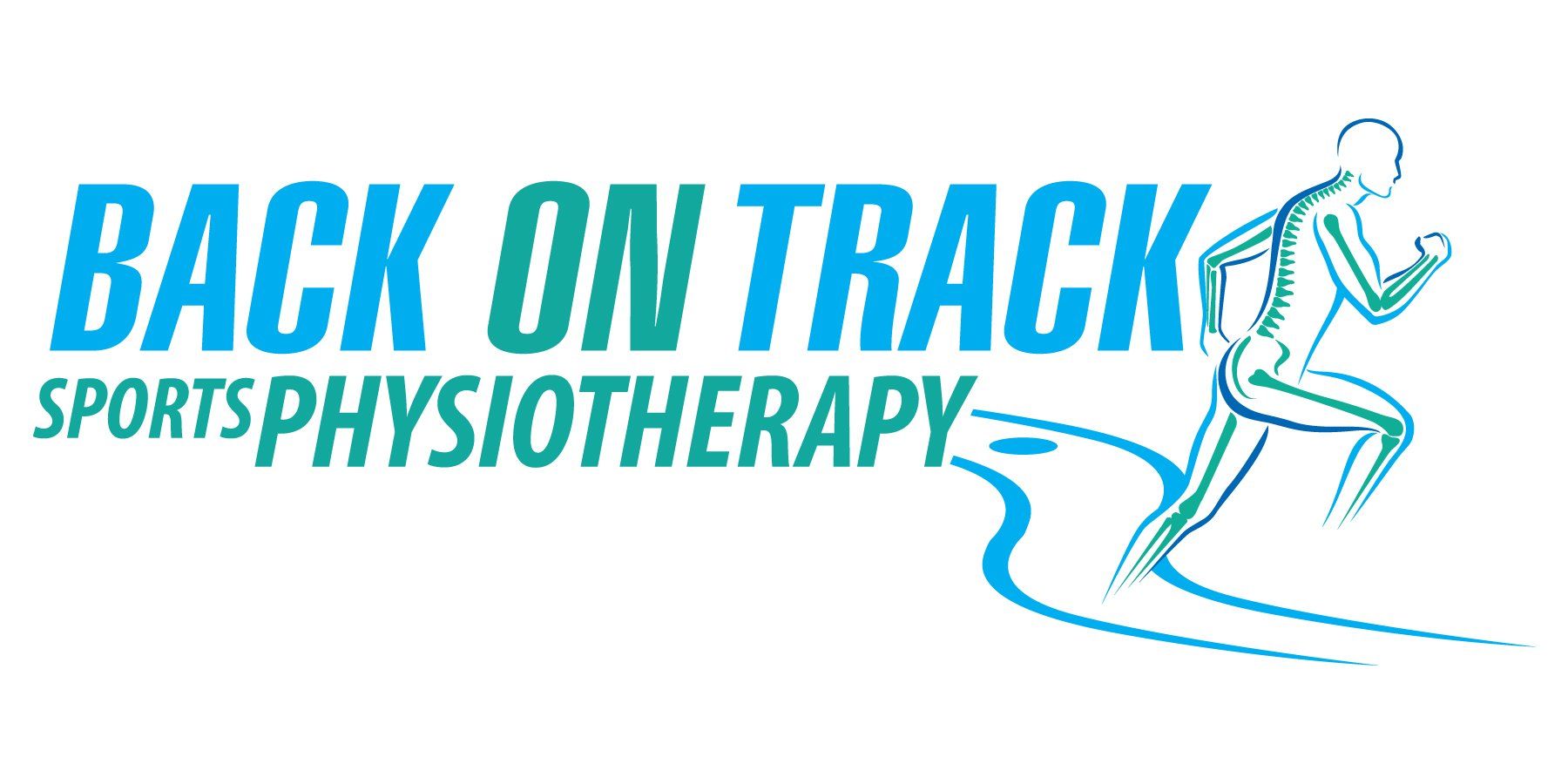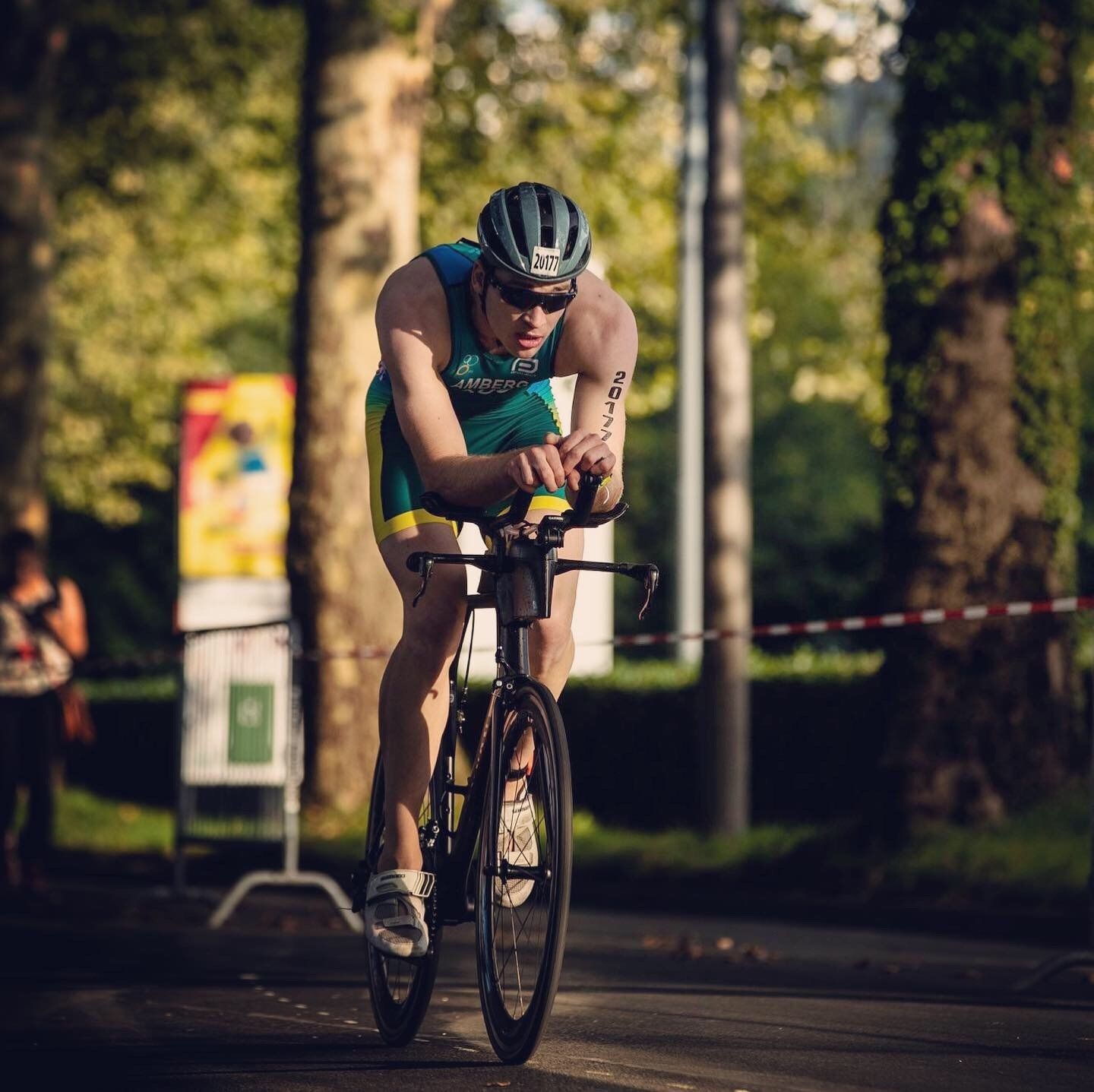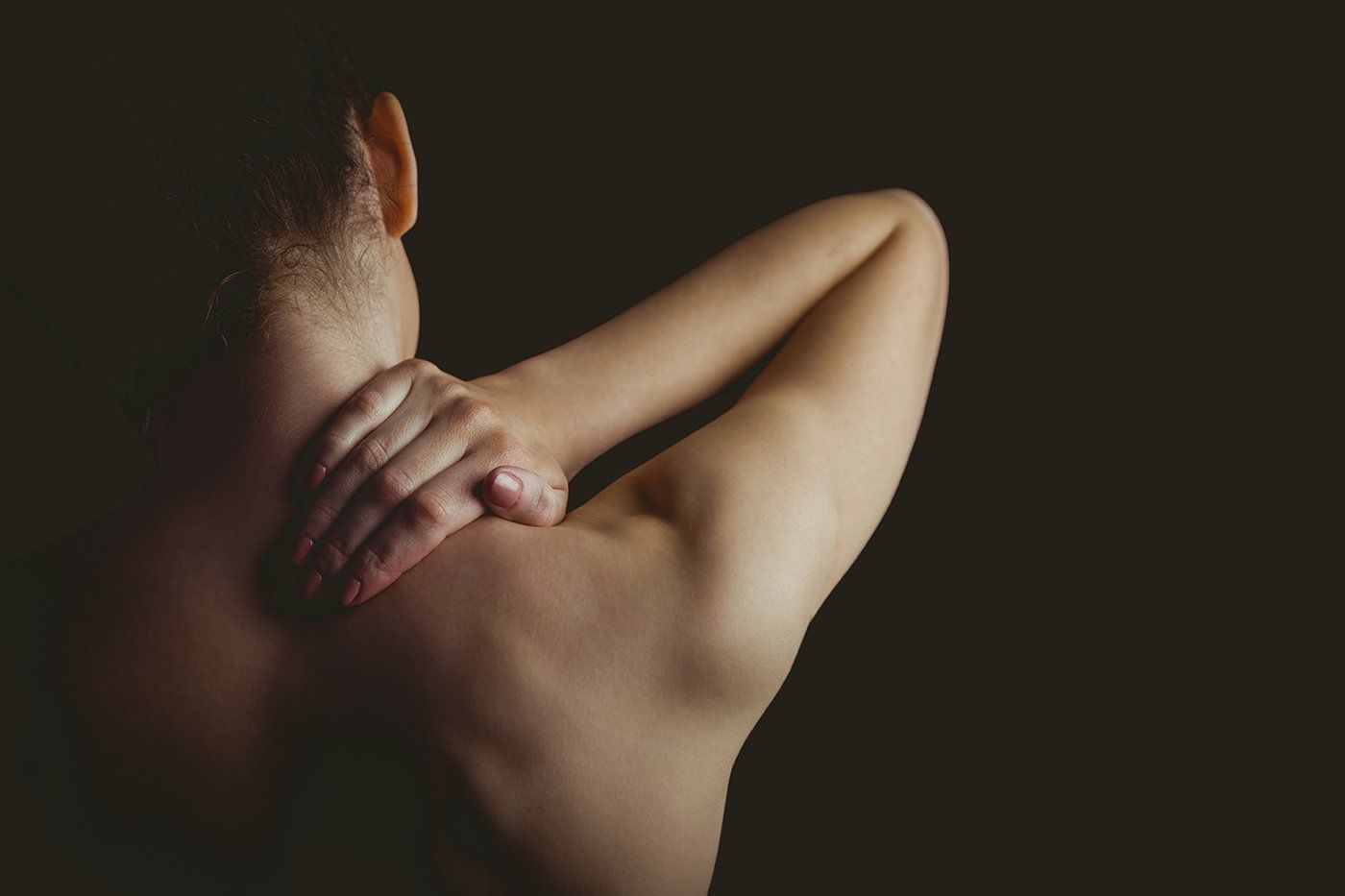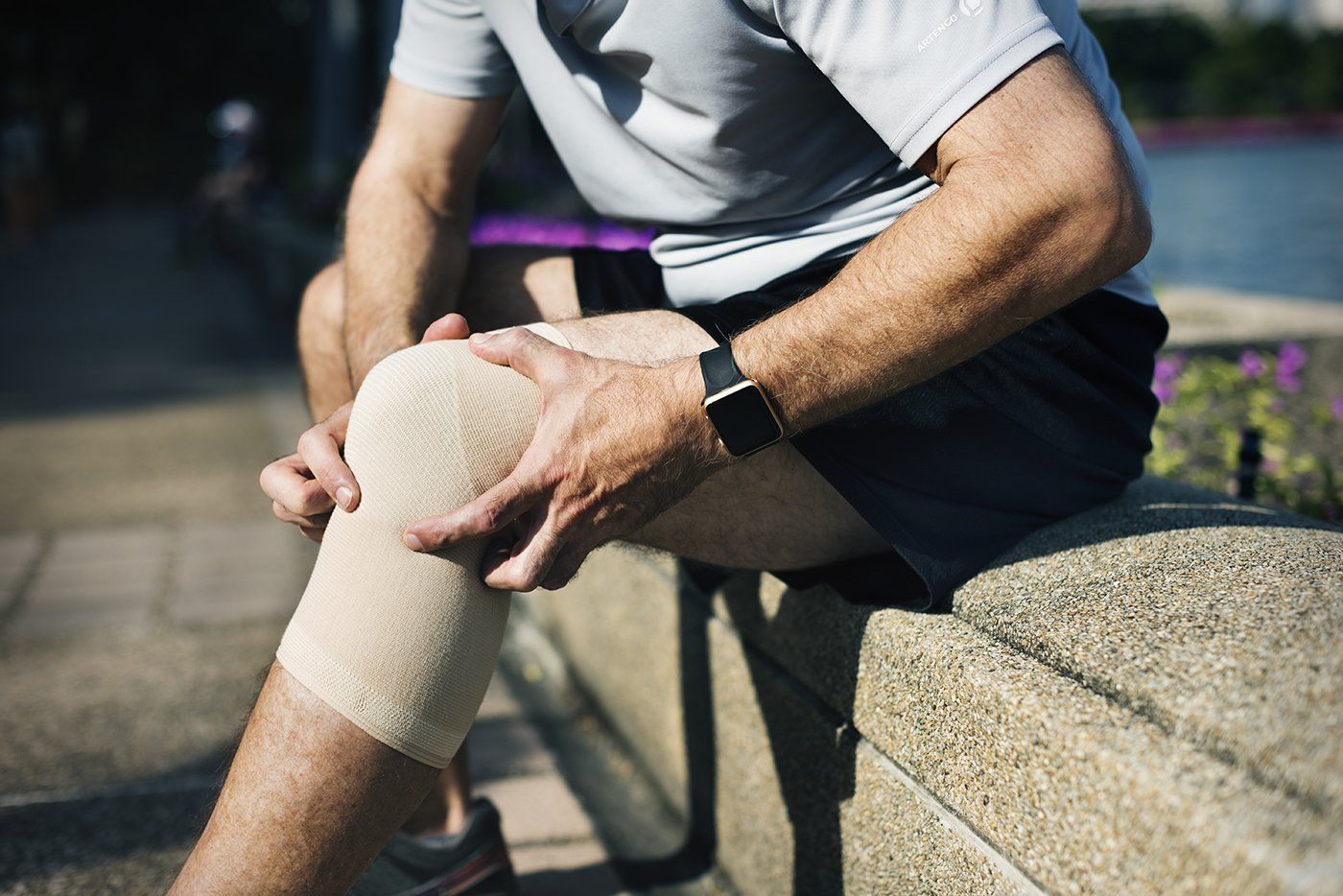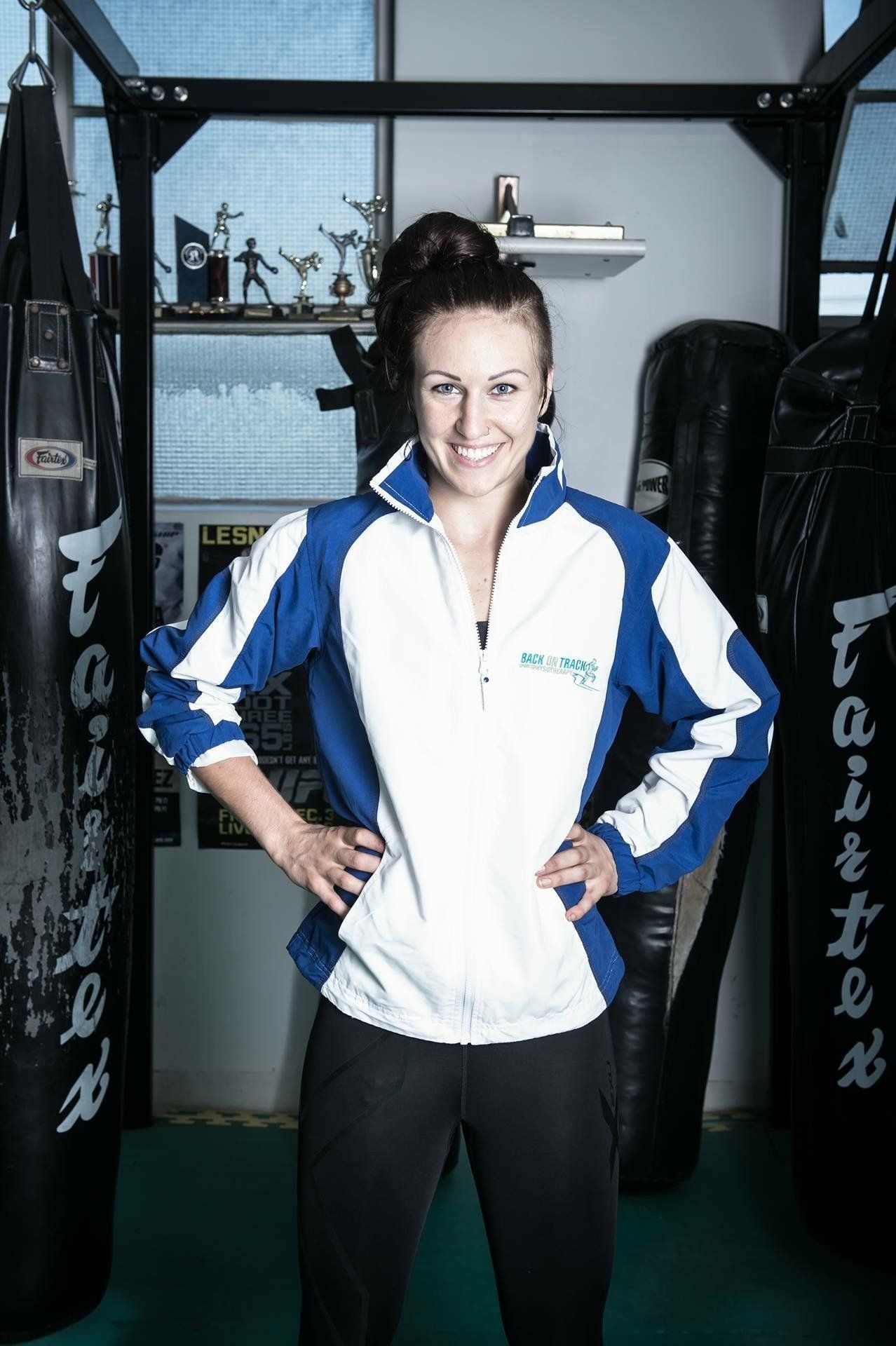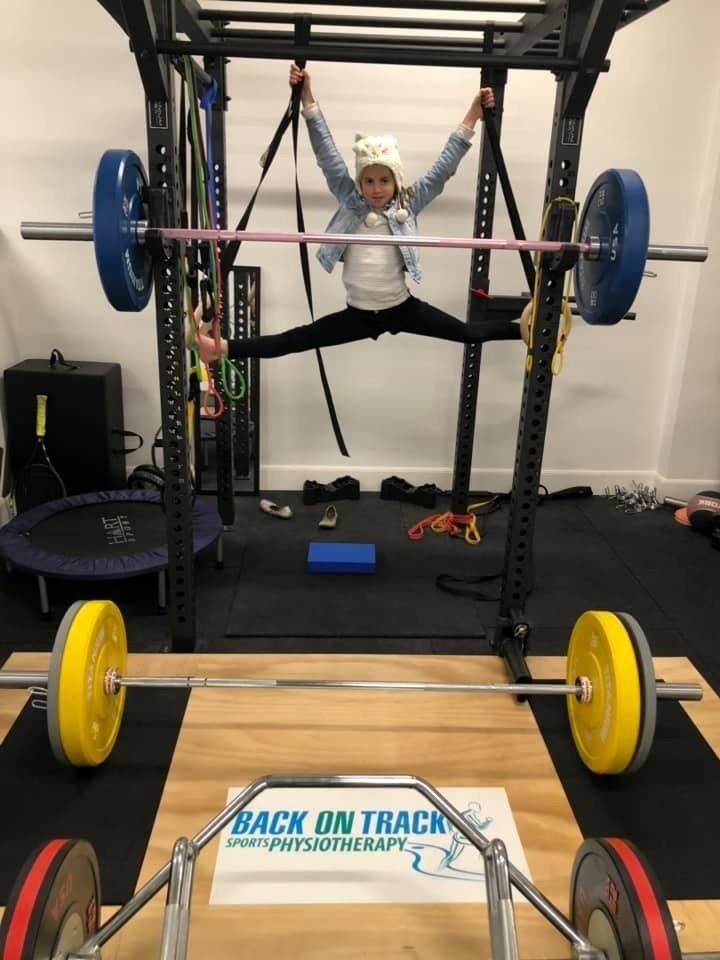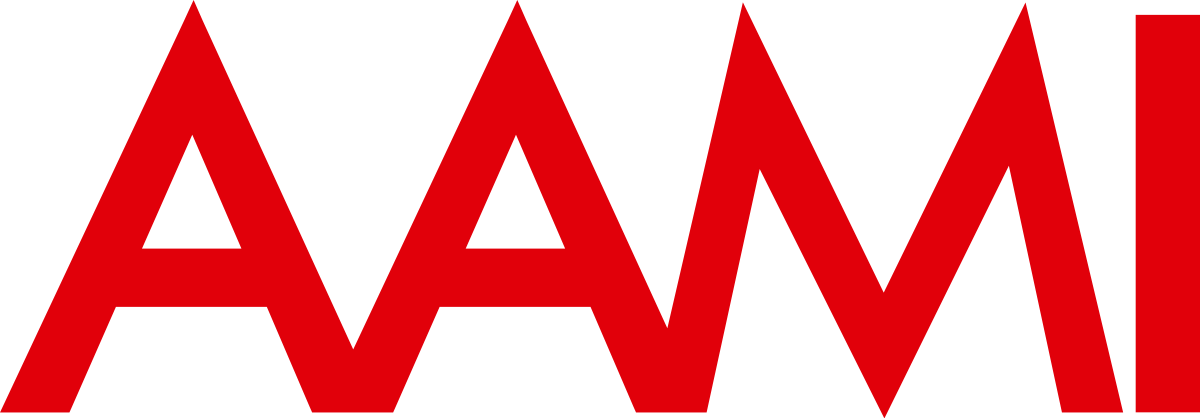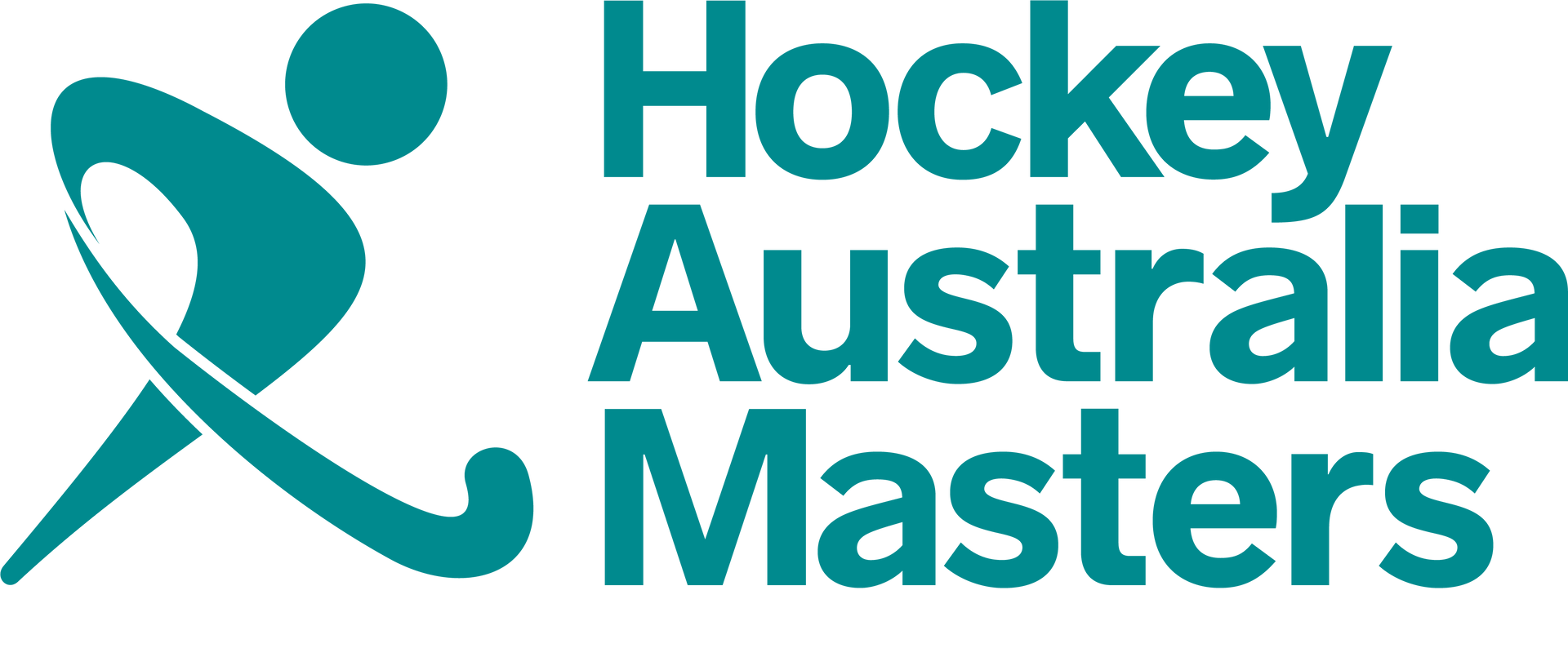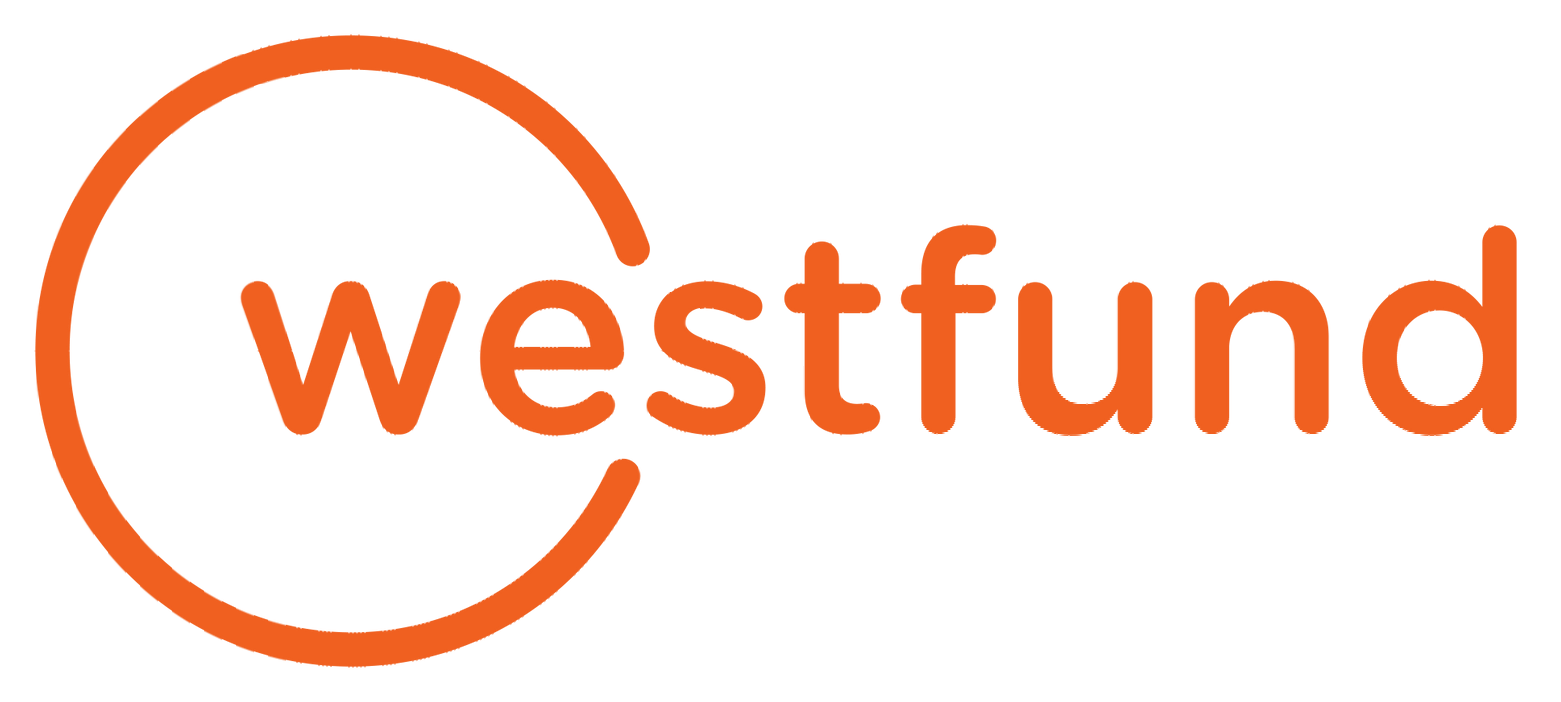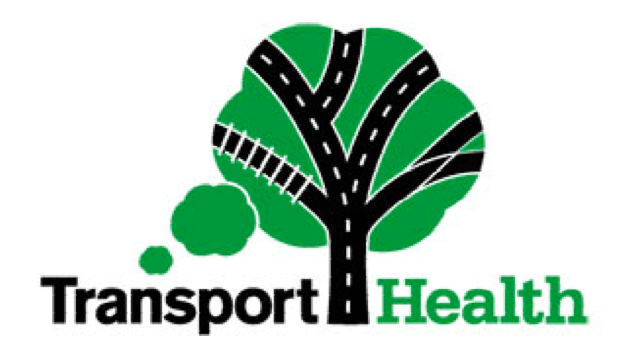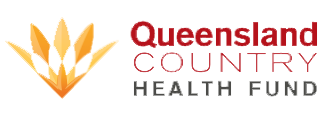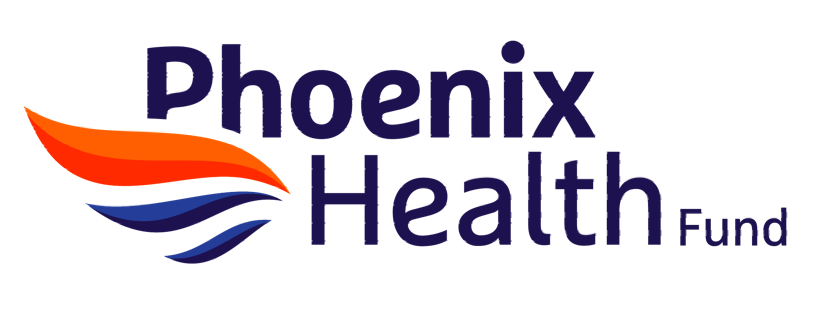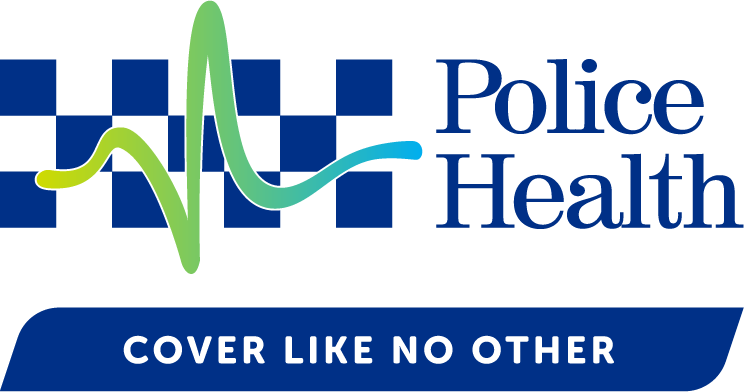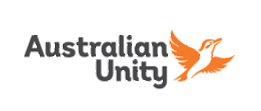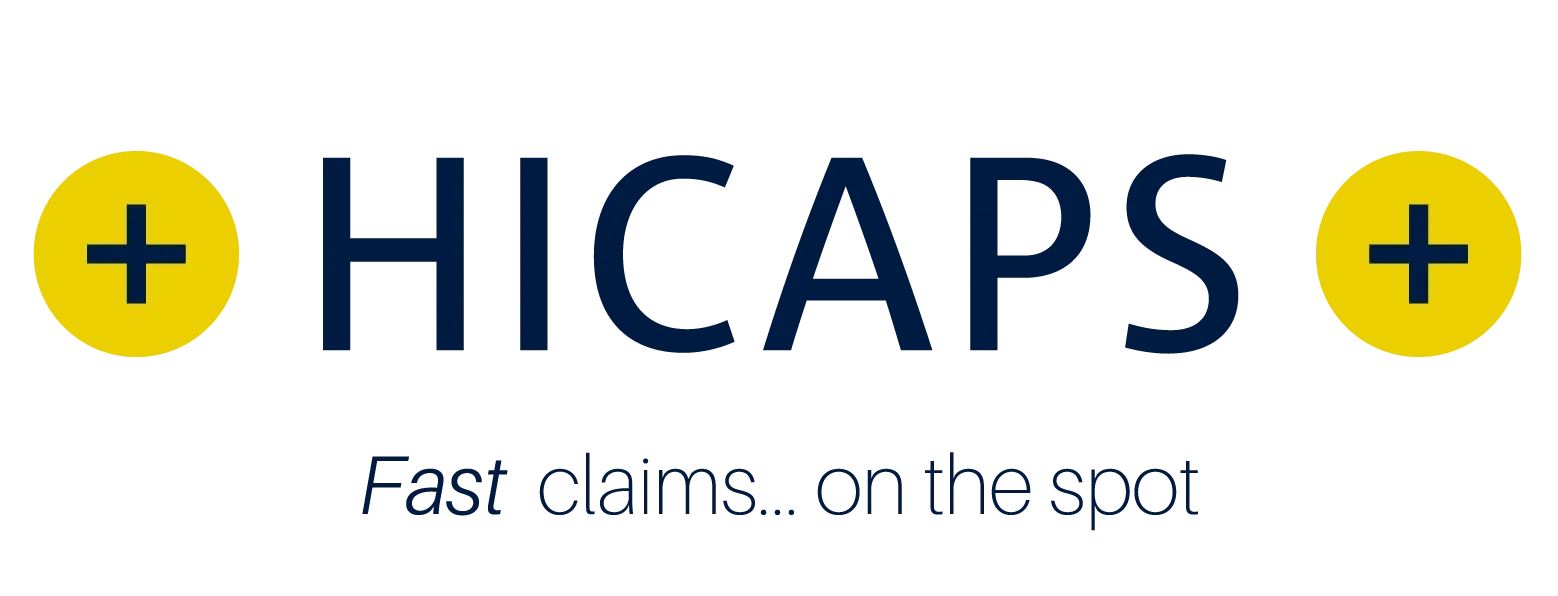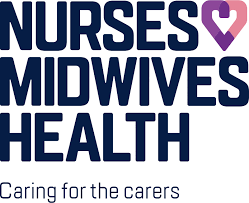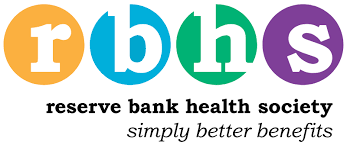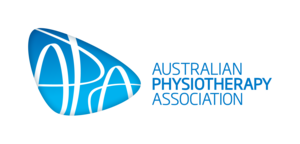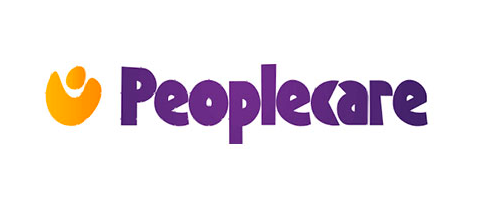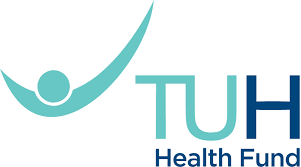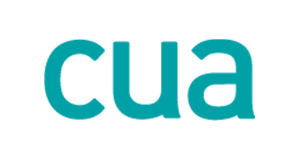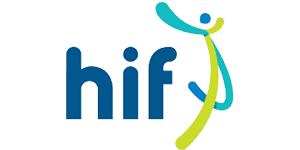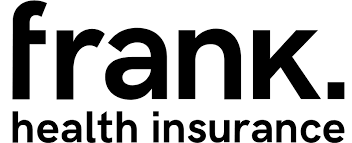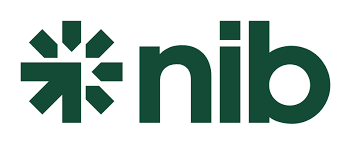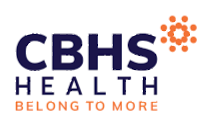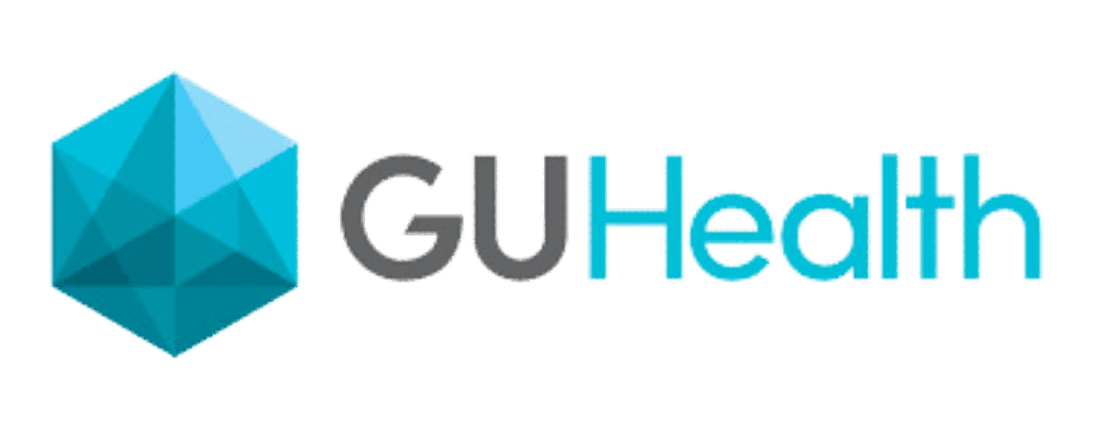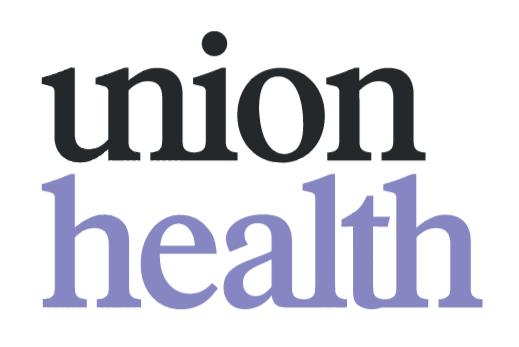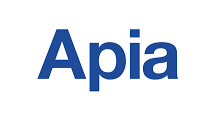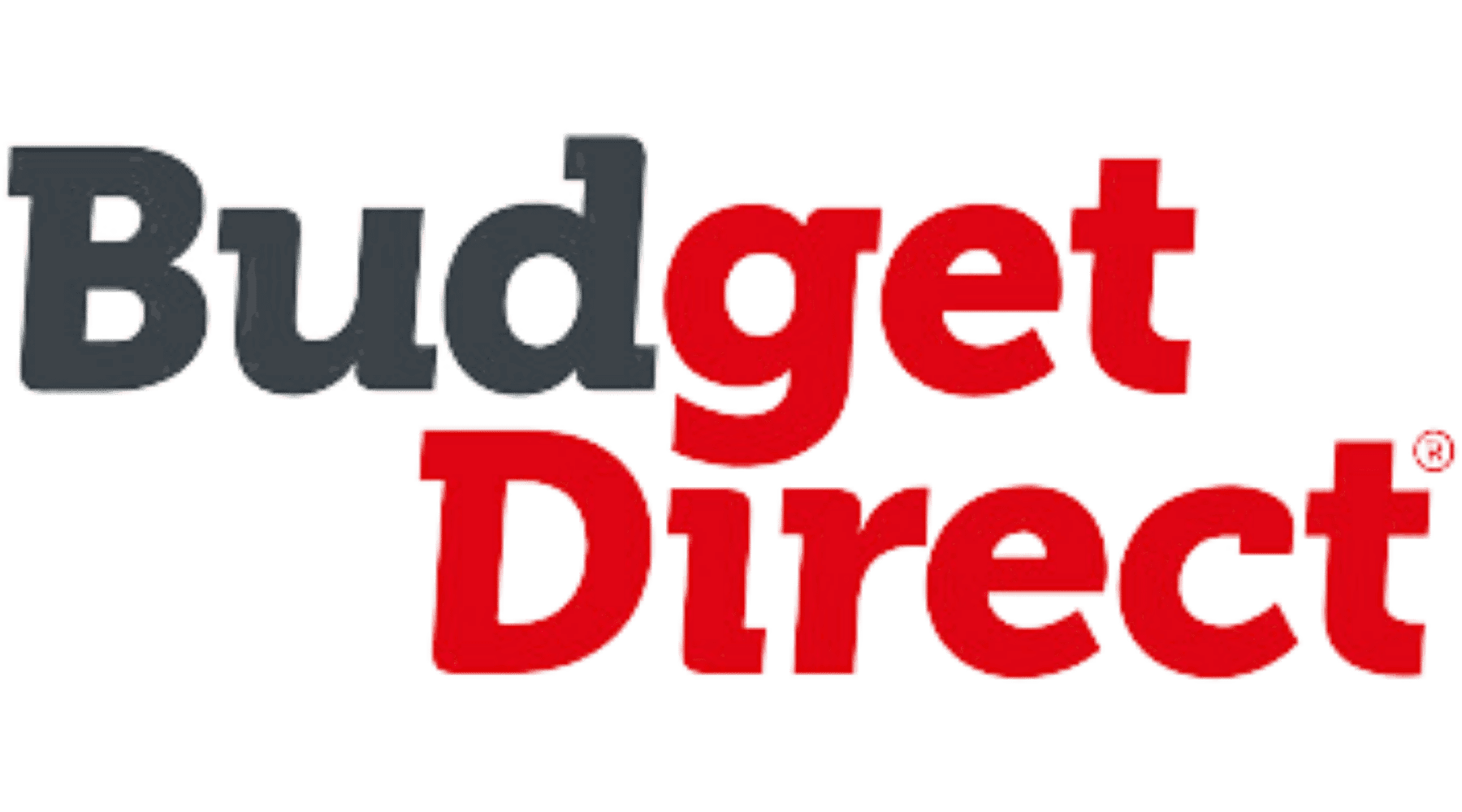Open 7 Days
Headaches & Migraines: Comprehensive treatment
Get Relief and Reclaim Your Life
Your journey to headache and migraine relief starts here. Our tailored treatments are designed to help you manage symptoms and enhance your quality of life.
Headaches can be debilitating, affecting productivity and quality of life. At Back On Track Sports Physiotherapy, our approach to headache management is holistic and multifaceted. We focus on alleviating the symptoms and tackling the root causes of headaches. Whether you suffer from tension headaches, migraines, or stress-related head pain, we’re here to help alleviate your discomfort and improve your overall well-being.
Different types of headaches
Headaches are a common ailment affecting individuals worldwide. Their causes, symptoms, and treatments can vary widely, making understanding their differences paramount. Below, we listed five common types of headaches, offering insights into their unique features and how to manage them effectively.
List of Services
-
Tension-Type HeadachesList Item 1
Tension-type headaches are the most common form of headache. They are often described as feeling like a tight band around the head, causing dull, aching pain on both sides. These headaches are typically attributed to stress, poor posture, or tension in the neck and scalp muscles.
Stress management techniques and lifestyle modifications such as regular physical exercise and improved posture can help reduce the frequency and severity of tension-type headaches.
-
MigrainesList Item 2
Migraines are characterised by intense, throbbing pain, usually on one side of the head. They can be accompanied by sensitivity to light and sound, nausea, and visual disturbances known as auras. Migraines can be triggered by various factors, including:
- hormonal changes
- certain foods
- stress
- environmental changes
Migraine management includes preventative and abortive medications, lifestyle adjustments, routine sleep patterns, dietary modifications, and stress reduction techniques.
-
Rebound HeadachesList Item 3
Also known as medication-overuse headaches, rebound headaches occur from the frequent use of headache medication. Instead of alleviating headache pain, the overuse of medication can actually lead to the development of more headaches, creating a cycle that can be difficult to break.
The key to treating rebound headaches is to reduce or stop the overused medication under the guidance of healthcare professionals. A strategic plan to manage headaches without over-reliance on medication is also necessary.
-
Cluster HeadachesList Item 4
Cluster headaches are rare but extremely painful. They are characterised by intense burning or piercing pain around or behind one eye. They occur in cyclical patterns or “cluster periods,” followed by remission periods where no headaches occur. Cluster headache management includes medications, oxygen therapy, nerve blocks, and lifestyle adjustments tailored to interrupt the cluster cycle and provide relief.
-
Sinus Headaches
Sinus headaches are associated with sinus infections and are characterised by pain and pressure in the forehead, cheeks, and nasal area. They often accompany other sinus infection symptoms such as fever, nasal discharge, and facial swelling.
Treating the underlying sinus infection is key to relieving sinus headaches. Warm compresses and steam inhalation can also provide symptom relief.
Headache and migraine treatment
Headaches can significantly impact your quality of life and athletic performance. At Back on Track, we specialise in managing headaches and improving your overall well-being through our expert services, which include:
List of Services
-
Manual TherapyList Item 1
Our headache physiotherapists employ hands-on techniques such as massage, joint mobilisation, and manipulation to ease muscle tension and enhance joint mobility. Focusing on the neck and upper back, our manual therapy addresses the tension that often triggers headaches.
-
Postural CorrectionList Item 2
Incorrect posture can lead to muscle tension and contribute to headaches. Our team assesses and corrects posture issues, offering exercises and ergonomic advice tailored to your needs. By improving your alignment, we reduce strain on your muscles, mitigating headache triggers.
-
Exercise PrescriptionList Item 3
Engaging in regular, tailored exercise can lower both the frequency and intensity of migraines. Our personalised exercise programs focus on cardiovascular fitness, muscle strengthening, and flexibility, aiding in comprehensive migraine management.
-
Relaxation TechniquesList Item 4
Stress and muscle tension are common migraine triggers. Our physiotherapists may introduce relaxation techniques such as deep breathing, progressive muscle relaxation, or mindfulness meditation to help you manage stress effectively and reduce muscle tension.
-
Education and Lifestyle Modification
Knowledge is power. We educate our patients about the lifestyle factors that can contribute to headaches, including diet, hydration, sleep habits, and stress management. By offering guidance on healthy lifestyle adjustments, we aim to minimise migraine triggers and enhance your well-being.
-
Cervical Spine Mobilisation
Tension in the neck and cervical spine is a common contributor to migraines. Our approach includes specific mobilisation techniques aimed at improving the range of motion and reducing pain in these areas, helping to prevent headache onset.
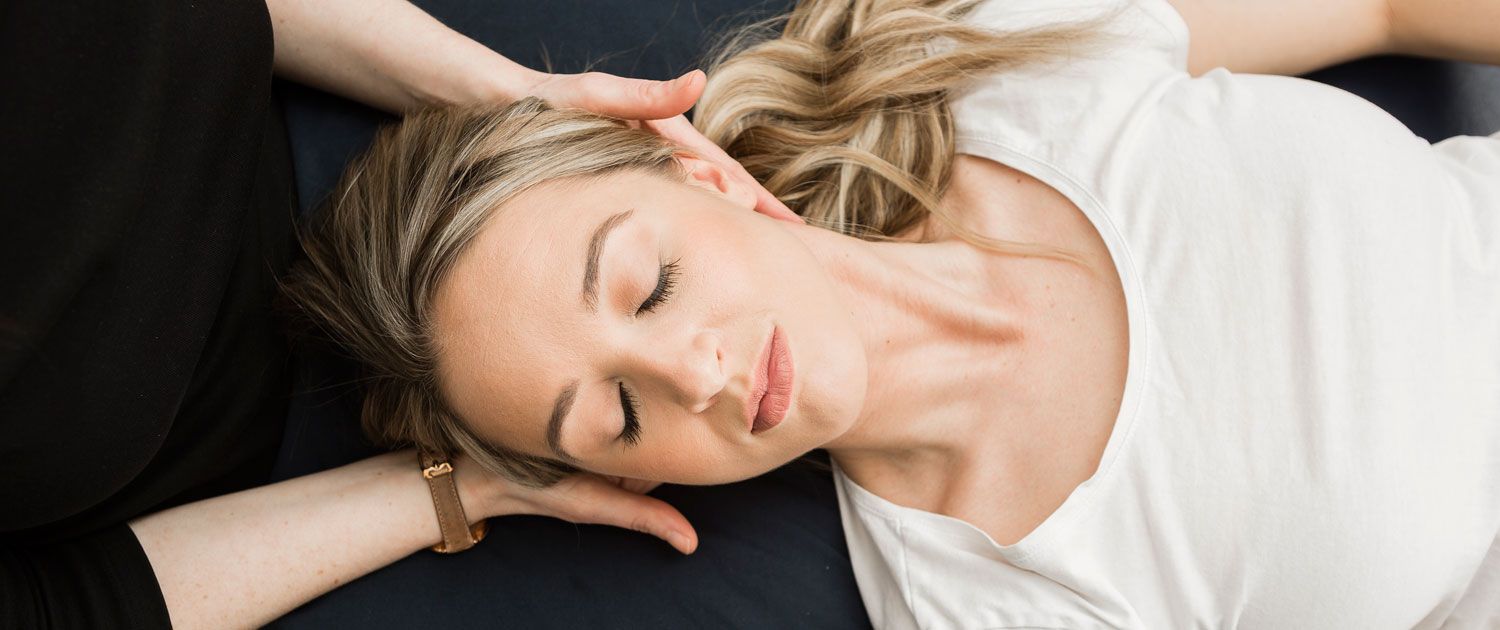
why people believe in us
TESTIMONIALS
“Hamid was amazing, the best physio I have seen. I had a wry neck which was giving me headaches and he fixed it straight away in the first session and in the second session gave me great advice on what type of pillow I need to manage my neck strain and exercises for stretching the area. I can't recommend him highly enough.”
— Anna Schwartz
“I found this place based on rating and I will give my true rating for others. I had a very intense and annoying headache starting suddenly. Hamid diagnosed the issue accurately and worked on that for a couple of sessions. I’ve noticed an improvement from the first session. Hamid is so professional, knowledgeable and friendly. He becomes our family physiotherapist. The other staff are so friendly as well. Trust the rating and their professionalism.”
- Mahdieh P
Why choose us?
Expertise
Benefit from our physiotherapists' specialised knowledge in headache management, honed through years of experience and continuous training.
Holistic Approach
We go beyond treating symptoms to uncover and address the root causes of your headaches, promoting comprehensive healing and long-term wellness.
Personalised Care
At Back on Track, your comfort and goals are our top priority. We collaborate closely with you to ensure lasting relief tailored to your needs.
Schedule a consultation
Don’t let headaches hold you back from enjoying life to the fullest. Contact Back On Track Sports Physiotherapy today to learn more about our headache management services or schedule a consultation with one of our highly experienced physiotherapists. Let’s work together to get you back on track to a pain-free lifestyle.
